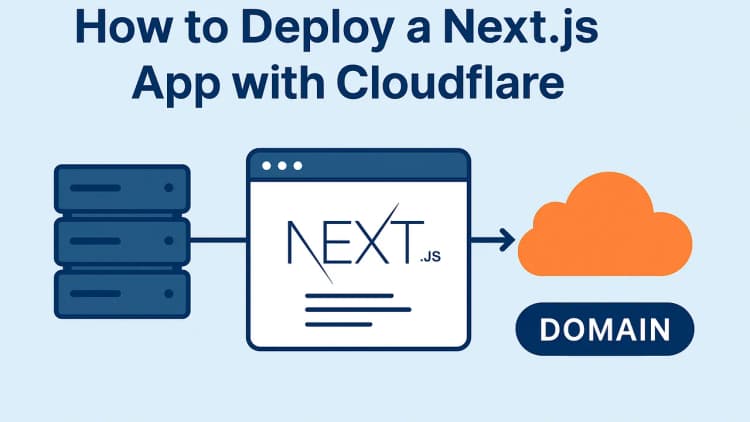In the world of software development, maintaining clarity and consistency is crucial, especially when multiple stakeholders rely on your code. Two practices that help achieve this are semantic versioning and API versioning. Let’s dive into what these are and why they’re indispensable, particularly for third-party clients.
What is Semantic Versioning?
Semantic Versioning (SemVer) is a versioning scheme that communicates changes in your software effectively. Versions are formatted as MAJOR.MINOR.PATCH (e.g., 2.3.1), where:
- MAJOR: Increment this when you make incompatible API changes.
- MINOR: Increment this when you add functionality in a backward-compatible manner.
- PATCH: Increment this when you make backward-compatible bug fixes.
Additionally, pre-release versions can be specified for software that is not yet production-ready. Common labels include:
- Alpha (e.g., 1.0.0-alpha): Indicates an early version with potentially incomplete features.
- Beta (e.g., 1.0.0-beta): Signals a feature-complete version undergoing testing and refinement.
- Release Candidate (RC) (e.g., 1.0.0-rc.1): Denotes a nearly final version that may become the release if no significant issues are found.
For example:
- Moving from 1.0.0 to 2.0.0 means there are breaking changes.
- Moving from 1.0.0 to 1.1.0 means new features have been added without breaking existing functionality.
- Moving from 1.0.0 to 1.0.1 means minor fixes were applied without adding new features.
Why Use Semantic Versioning?
- Clarity for Developers: Developers can quickly understand the scope of changes without diving into release notes.
- Easier Dependency Management: Libraries or third-party tools relying on your API can assess compatibility at a glance.
- Predictability: Establishing clear rules for versioning ensures that stakeholders know what to expect with each update.
What is API Versioning?
API versioning ensures backward compatibility by maintaining separate versions of your API as it evolves. APIs are the bridge between your software and third-party clients, so breaking changes can have widespread consequences.
Common API versioning approaches include:
-
URL-based: Including the version number in the endpoint URL (e.g.,
https://api.example.com/v1/users). -
Header-based: Specifying the API version in request headers (e.g.,
Accept: application/vnd.example.v1+json). -
Query Parameter-based: Using a query string to specify the version (e.g.,
https://api.example.com/users?version=1).
Why is API Versioning Important?
- Protects Third-Party Clients: When an API evolves, older versions can remain functional, ensuring uninterrupted service for existing clients.
- Smooth Transitions: Developers can migrate to newer versions at their own pace without fear of sudden disruptions.
- Encourages Adoption: A well-managed API gives third-party developers confidence to integrate, knowing they won’t be blindsided by unexpected changes.
Best Practices for Maintaining API and Semantic Versioning
- Document Changes: Maintain a changelog to detail updates for each version.
- Deprecation Notices: Notify users of upcoming breaking changes and provide a timeline for retiring old versions.
- Testing and Validation: Ensure rigorous testing to verify backward compatibility for non-major updates.
-
Adopt Version Constraints: Encourage clients to use version constraints (e.g.,
^1.0.0) in dependencies to automatically receive compatible updates.
Conclusion
Semantic versioning and API versioning aren’t just technical practices—they’re commitments to maintaining trust and reliability for the developers who rely on your software. For third-party clients, these practices mean fewer surprises, smoother updates, and a stronger foundation for building their own projects. By adopting these principles, you’re not just managing software; you’re fostering a dependable ecosystem.




